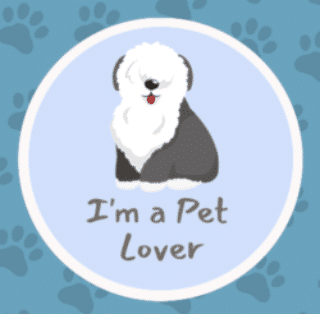Primitive Dogs: Not Your Everyday Pooches
So, What’s the Deal with Primitive Dogs?
You know how most of our adorable fur-babies have been bred to look and act a certain way, right? Well, there’s a whole category of dogs out there that’s pretty much said, “Nope, not for me.” These are what you might call “primitive dogs,” they’re like the antithesis of the purebred Labradors and poodles you’re used to seeing at the park.
Now, the term “primitive” is a bit, let’s say, up in the air. Even the dog experts—the vets, the breeders, and so on—can’t agree on what makes a dog primitive. Is it their wolf-like features? Is it because they’ve had little interaction with humans? It’s a real head-scratcher.
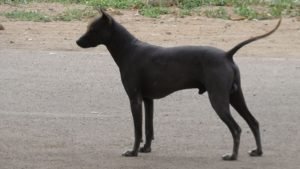
Xoloitzcuintli: The Enigma of Ancient Aztec Lands

Peruvian Inca Orchid: The Star of Andean Nights
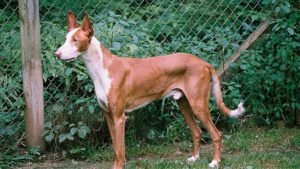
Ibizan Hound: From Island Shores to Global Adoration

Cirneco Delletna: A Symphony of Sicilian Beauty
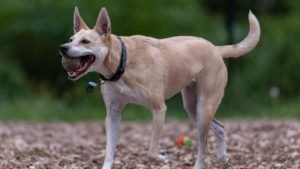
Carolina Dog: Echoes of Wild Reverie

Pharaoh Hound: A Canine Fit for a King
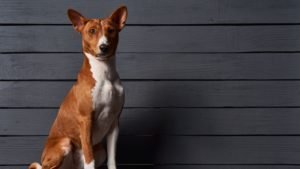
BASENJI
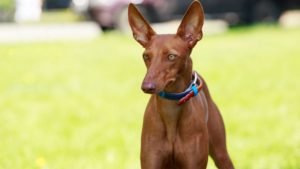
Pharaoh Hound Egyptian Dogs: An In-depth Look
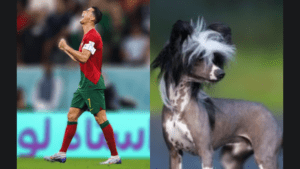
Cristiano Rolando Dog: Meet Antonia the adorable Chinese Crested
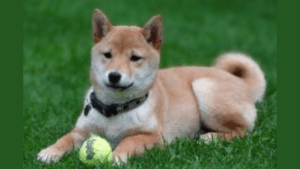
From Shiba Inu to Akita: The Best Japanese Dogs Breeds You Need to Know
Why Do They Look So…Wolfy?
Most of these primitive doggos share some obvious wolf-like traits. Take their ears, for example. Erect and sharp, they could practically hear your thoughts (just kidding, or am I?). They also sport a wedge-shaped head and a pointy muzzle, and they’re more likely to greet the moon with a soulful howl than to bark at a passing squirrel.
Let’s Talk About Coats and Cycles
When it comes to fur, these guys keep it simple. Most rock a short coat that varies in color depending on where they’re from. And unlike most domesticated dogs that have estrus cycles twice a year, these fellas are a bit more traditional. They usually only come into heat once a year, which, you guessed it, is more like their wild ancestors.
The Nomads of the Dog World
Primitive dogs are global trotters coming from different corners of the world. Some of the stars in this category are the Carolina Dog, native to North America, and the rare New Guinea Singing Dog. Yep, you read that right—Singing Dog. It’s closely related to the Australian Dingo. What makes them even more incredible is that they’ve evolved all by themselves, without human meddling or targeted breeding programs. So, in a way, they’re like the hipsters of the canine world—indie.
From Hunters to Houseguests
These primitive breeds include some real celebrities like the Basenji from Africa. This guy was a hotshot hunter before it became a domestic darling. Then you’ve got those fascinating hairless dogs from Mexico and South America. They look like something from an ancient history book, mainly because they are!
A Plot Twist in the Tale
Here’s where it gets juicy. Science guys did some DNA stuff and found that some dogs we thought were primitive might not be. For instance, the Pharaoh Hound and the Ibizan Hound have been put under the microscope, and well, let’s say they might not be as old-school as we thought.
The Magic Factor
Oh, and did I mention the Aztecs believed that their native hairless dogs had magical powers? Yep. According to them, these dogs were like heavenly gifts with mystical qualities. Talk about a cool backstory, huh?
Not Your Typical House Pets
Some dogs are so in tune with their wild side that they don’t adapt to domestic life. The New Guinea Singing Dog is one such example. They’re so rare in the wild that you’re likelier to see them in a zoo than in someone’s backyard. They prefer the call of the wild to the comforts of a relaxing dog bed.
In Summary…
Primitive dogs give us a rare glimpse into what dogs might have been like before we started inviting them into our homes. They challenge our ideas of what a “typical” dog should be. These dogs are living relics of canine history, each compelling chapter in the larger narrative of man’s relationship with dogs.
So, the next time you see a dog that doesn’t quite fit the mold, take a moment to appreciate its unique beauty and the ancient history it represents. That dog may challenge you to think a bit more primitively yourself.
